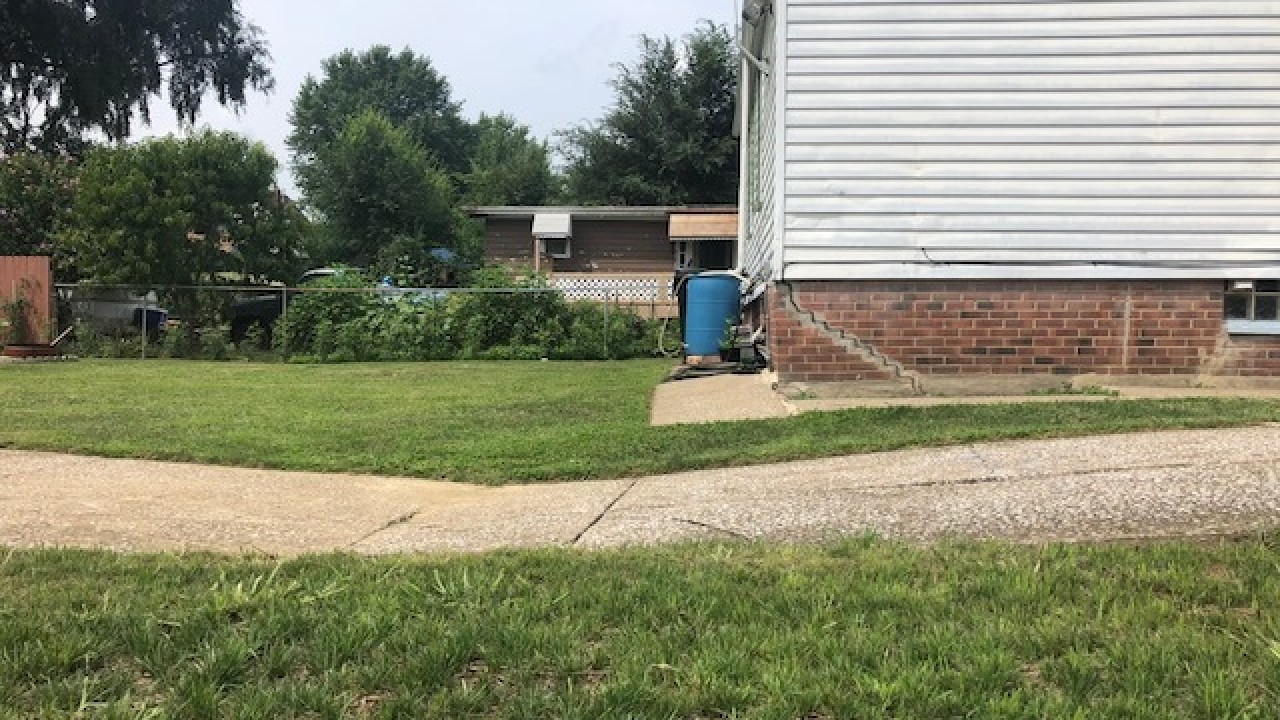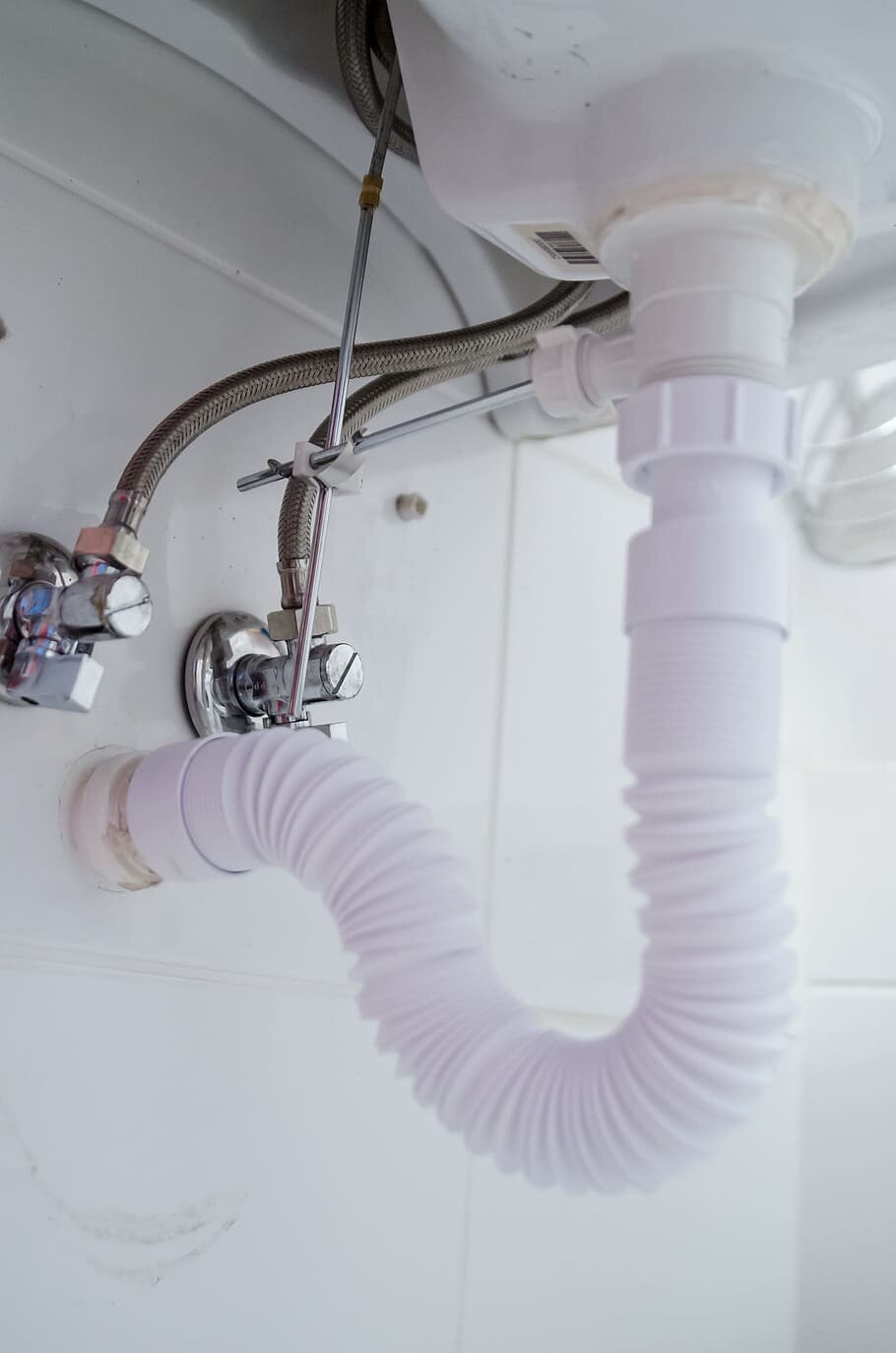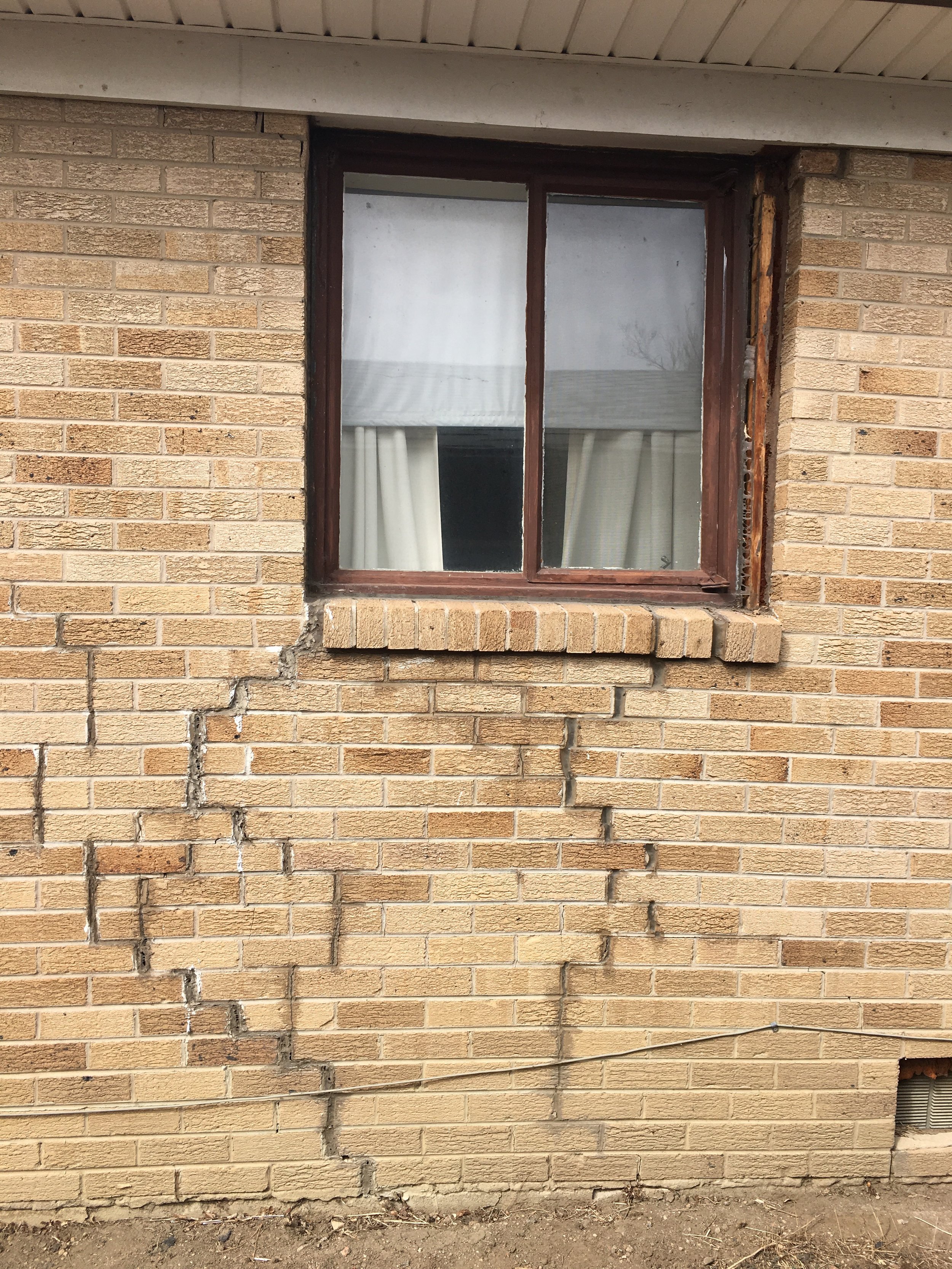Can a Crumbling Foundation Be Fixed?

Assessment of Damage
When assessing a crumbling foundation, it's essential to look beyond surface-level symptoms and examine the underlying structural issues. This involves a meticulous inspection of the foundation, including cracks, fractures, bulges, and any signs of water infiltration or moisture damage. Structural engineers and foundation specialists utilize advanced techniques such as laser measurements, soil analysis, and infrared imaging to accurately diagnose the extent of the damage and identify its root causes. By conducting a thorough assessment, homeowners can gain valuable insights into the severity of the problem and the necessary steps for effective repair.
Understanding the Causes
To effectively address a crumbling foundation, it's crucial to understand the underlying causes of the deterioration. Various factors can contribute to foundation issues, including soil conditions, water infiltration, poor drainage, seismic activity, and structural design flaws. Expansive soils, common in regions like Colorado, can swell and contract with changes in moisture levels, exerting pressure on the foundation and leading to cracking and settlement. Additionally, inadequate waterproofing measures can result in water seepage, erosion, and deterioration of foundation materials over time. By identifying the specific causes of foundation problems, homeowners can implement targeted solutions to mitigate further damage and stabilize the structure.
Soil conditions: Expansive soils, prevalent in regions like Colorado, undergo significant volume changes with fluctuations in moisture levels, exerting pressure on the foundation and contributing to cracking and settlement.
Water infiltration: Inadequate waterproofing measures can lead to water seepage into the foundation, causing erosion and deterioration of foundation materials over time.
Poor drainage: Improper drainage around the foundation can result in water accumulation, exacerbating soil instability and foundation damage.
Seismic activity: Earthquakes and ground vibrations can induce structural movement and foundation shifts, especially in seismically active areas.
Structural design flaws: Deficiencies in the original design or construction of the foundation, such as insufficient reinforcement or improper load distribution, can predispose it to deterioration and failure over time.
Repair Options
There are several repair options available for fixing a crumbling foundation, depending on the nature and severity of the damage:
Underpinning: This involves strengthening the foundation by extending it deeper into the ground or adding additional supports such as piers or piles. Underpinning helps redistribute the weight of the structure and stabilize the foundation.
Concrete Repair: Patching cracks, filling voids, or replacing deteriorated concrete sections can help restore the structural integrity of the foundation. This may involve techniques such as epoxy injection or concrete resurfacing.
Waterproofing: Sealing the foundation to prevent water intrusion is essential for preventing further damage. Waterproofing techniques may include applying waterproof coatings or installing drainage systems to redirect water away from the foundation.
Regrading and Drainage: Improving the grading and drainage around the foundation is critical for preventing water buildup and soil erosion. This may involve regrading the landscape, installing French drains, or adding gutters and downspouts to direct water away from the foundation.
Wall Reinforcement: If the foundation walls are bowing, leaning, or cracking, reinforcement methods such as carbon fiber straps, wall anchors, or helical tiebacks can help stabilize the walls and prevent further movement.
Professional Expertise
Repairing a crumbling foundation requires specialized knowledge, skills, and equipment that only professional foundation contractors possess. These experts have extensive experience in diagnosing and addressing a wide range of foundation issues, from minor cracks to severe structural damage. They utilize industry-leading technologies such as hydraulic jacking systems, helical piers, and carbon fiber reinforcement to restore the foundation's stability and integrity effectively. By entrusting the repair process to qualified professionals, homeowners can ensure that the work is done safely, efficiently, and in compliance with building codes and regulations.
Cost Considerations
The cost of repairing a crumbling foundation can vary depending on several factors, including the extent of the damage, the chosen repair method, the size and complexity of the structure, and the contractor's pricing structure. Homeowners should budget for both the direct repair costs and any associated expenses, such as structural assessments, permits, and temporary accommodations if necessary. While foundation repairs represent a significant investment, they offer long-term benefits in terms of improved structural stability, enhanced property value, and peace of mind. Homeowners should weigh the upfront costs against the potential savings from avoiding further damage and deterioration over time.
Click Here To View A Breakdown Of Typical Foundation Repair Costs ➤
Key Takeaways
Addressing a crumbling foundation requires a thorough assessment of the damage, a deep understanding of the underlying causes, and the expertise of professional foundation contractors. By identifying the root issues, choosing appropriate repair methods, and investing in quality repairs, homeowners can effectively restore the stability and integrity of their foundation. With proper maintenance and proactive measures, they can safeguard their property against future damage and ensure its long-term durability and value.
Foundation problems vary in severity, with some being minor and others posing serious risks. Homeowners can often live in a house with small foundation issues, but waiting too long to address major structural damage can lead to costly repairs, water intrusion, and safety hazards.
Helical piers are an effective solution for lifting and stabilizing homes that have settled due to soil movement or foundation issues. By anchoring deep into stable soil, they restore structural integrity, level floors, and prevent further damage.
Replacing a foundation under an older home is possible but requires expert planning, structural support, and careful execution. While the process can be complex and costly, it provides long-term stability, protects against structural damage, and can even add usable space.
Polyurethane foam may seem like a quick fix for foundation repair, but it fails within a few years, leading to costly removal and repeat repairs. Its environmental impact, lack of long-term stability, and high removal costs make it a poor choice compared to more durable solutions like helical piers or push piers.
A weak foundation can lead to structural damage, uneven floors, water intrusion, and decreased property value if left unaddressed. Recognizing early warning signs and seeking professional foundation repair solutions can help maintain long-term stability and protect your home.
When considering foundation repair in Colorado, timing is crucial for optimal outcomes and cost-effectiveness. Different seasons present unique challenges and advantages for foundation work, so understanding the best time of year for these repairs is essential.
Dealing with a crumbling foundation can be daunting, but with the right approach and professional assistance, it's often possible to address the issues and restore the structural integrity of the foundation.
Understanding the signs of foundation damage is crucial for homeowners to maintain the structural integrity of their properties. Foundation issues can manifest in various ways, from visible cracks in walls to uneven floors and doors that stick.
Foundation repair is a critical process for maintaining the structural integrity of your home. When faced with foundation issues, one of the most common questions homeowners have is, "How long will it take to repair?"
Owning an older home comes with its own set of joys and challenges, particularly when it comes to foundation issues. While every property requires upkeep, older houses often demand extra care due to their age.
Foundation piers play a critical role in preventing further settlement and maintaining the structural integrity of buildings, both residential and commercial. With proper installation foundation piers offer peace of mind and ensure the stability and durability of your home.
Foundation stabilization is essential for maintaining building integrity. Our guide provides an overview of various techniques, helping property owners make informed decisions to address their foundation repair needs effectively.
Understanding the type of foundation your house has is crucial in determining the feasibility of repair. Knowing when it's time to walk away and consider alternative options can save you time, money, and stress in the long run.
Foundation problems can escalate if left untreated, leading to significant structural damage and costly repairs. Understanding the potential consequences of ignoring foundation issues is essential for homeowners and property owners.
Are you noticing signs of potential foundation issues in your home or property? Understanding the common symptoms of foundation damage and the remedies available can help you assess whether foundation repair may be necessary.
Explore the 11 best foundation repair methods available today. Whether you're dealing with cracks, settling, or other forms of foundation damage, understanding these methods can empower you to make the right choice for your property's stability and longevity.












































